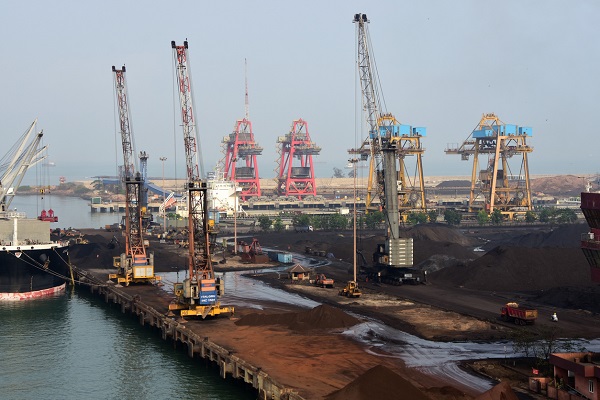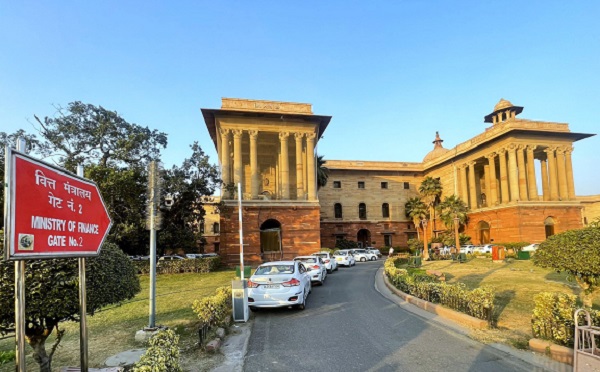.png)

Chokkalingam, Founder of Equinomics Research, has over 40 years of experience in economics and markets, leading research teams at top financial firms.
August 1, 2025 at 4:22 AM IST
India’s equity markets wobbled briefly after US President Donald Trump announced a 25% tariff on Indian goods starting Friday, along with likely penalties linked to energy imports from Russia. The move, while sharper than the 15% to 20% levies applied to some countries, triggered a correction of around ₹2 trillion in market capitalisation before stabilising. Beneath the immediate market reaction, however, lies a more structural question about India’s trade exposure and where the real risks sit.
Merchandise exports have never been the backbone of India’s growth story. Goods shipments to the United States were valued at about $87 billion in 2024-25, roughly 20% of total exports and only 2% of nominal GDP. The tariff will certainly raise costs for US buyers, dampen demand and compress margins for exporters in sectors such as gems and jewellery and petroleum products. Yet this is far from catastrophic. It is neither a blockade nor a sanction. The decline in volumes will be partial rather than total, and the drag on overall growth is likely to be measured in basis points rather than percentage points. Domestic demand, still buoyed by steady GDP growth forecasts of more than 6% and easing inflation, can absorb such a hit.
The service sector is a different story.
India’s exports of information technology and professional services to the US are estimated at $140 billion, nearly 4% of GDP. This is more than double the goods exposure and qualitatively different in its impact. Service exports are largely value-additive within India. They do not rely on imported inputs in the way petroleum products or gems do, and the benefits flow directly to highly paid professionals. These income streams, in turn, support housing, automobiles, and a range of discretionary consumption, creating a multiplier effect that permeates the domestic economy.
A disruption to service exports would therefore reverberate far more deeply. It would not just trim headline growth figures but weigh on employment and household demand, threatening the post-pandemic recovery cycle that has relied on strong consumption at the top end of the income spectrum. While Trump’s latest announcement stops at goods, the precedent of targeting services in other disputes, particularly over visas and outsourcing, leaves room for escalation.
There is also a geopolitical dimension. India’s role in US supply chains and its strategic weight in Asia give it leverage, and Trump’s tariff measures have historically been more tactical than permanent. In earlier disputes, he has used aggressive tariffs as bargaining chips, rolling them back once concessions were secured. A similar trajectory cannot be ruled out here, especially as Washington balances its trade agenda with broader security concerns in the Indo-Pacific.
For now, the goods tariff is best viewed as a contained shock. Even in a worst-case scenario of falling merchandise exports to the United States, the overall drag on GDP would remain modest. Policymakers could offset part of the hit by accelerating domestic investment or redirecting trade flows toward other markets. The resilience of India’s equity markets in the face of past external shocks suggests they can weather this one as well.
The deeper vulnerability lies in the prospect of services being drawn into the dispute. That would turn a manageable tariff story into a broader economic risk. Keeping services off the negotiating table must therefore remain a priority in New Delhi’s diplomatic strategy. The goods sector can take a hit without derailing growth. Services cannot.




